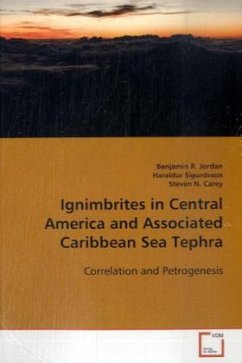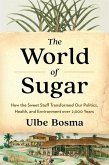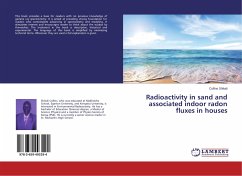During drilling in the Caribbean Sea on Leg 165 of
the Ocean Drilling Program (ODP) a well-preserved
record of explosive volcanic eruptions was found as
ashfall layers within the deep-sea Cenozoic
sediments. The ash layers define two major episodes
of volcanism, one in the late Eocene, the other in
mid-Miocene. Much of Central America is blanketed in
thick ignimbrite sheets, which extend from southern
Mexico into Costa Rica. The research presented in
this book ties the Caribbean Sea tephra discovered
during ODP 165 with the Cenozoic volcanic deposits in
Nicaragua and Honduras. Along with this correlation,
a detailed petrogenetic model is presented to explain
the formation of the Central American ignimbrite
province including geochemical variation along and
across the paleoarc and evidence for the influence of
sediment-derived fluids from the paleosubduction zone.
the Ocean Drilling Program (ODP) a well-preserved
record of explosive volcanic eruptions was found as
ashfall layers within the deep-sea Cenozoic
sediments. The ash layers define two major episodes
of volcanism, one in the late Eocene, the other in
mid-Miocene. Much of Central America is blanketed in
thick ignimbrite sheets, which extend from southern
Mexico into Costa Rica. The research presented in
this book ties the Caribbean Sea tephra discovered
during ODP 165 with the Cenozoic volcanic deposits in
Nicaragua and Honduras. Along with this correlation,
a detailed petrogenetic model is presented to explain
the formation of the Central American ignimbrite
province including geochemical variation along and
across the paleoarc and evidence for the influence of
sediment-derived fluids from the paleosubduction zone.








